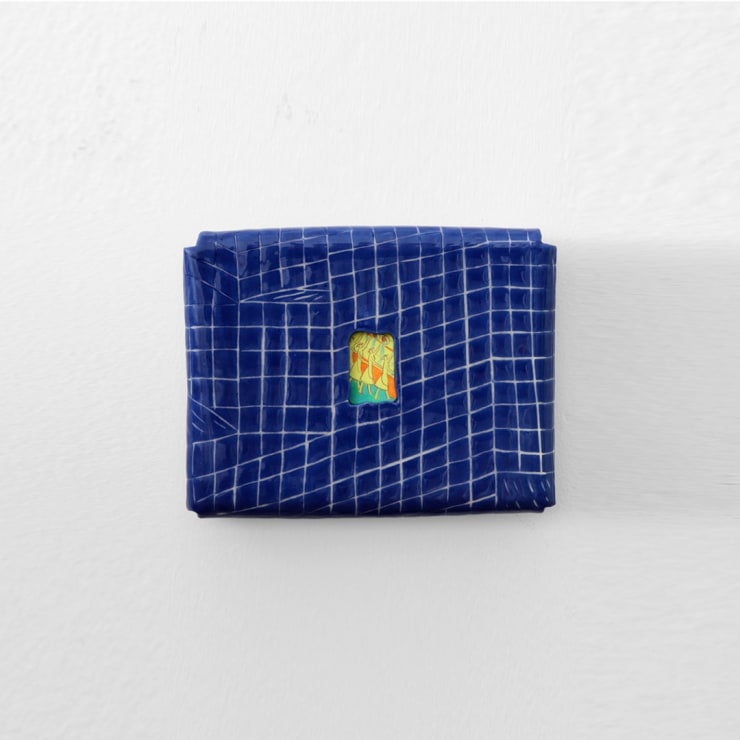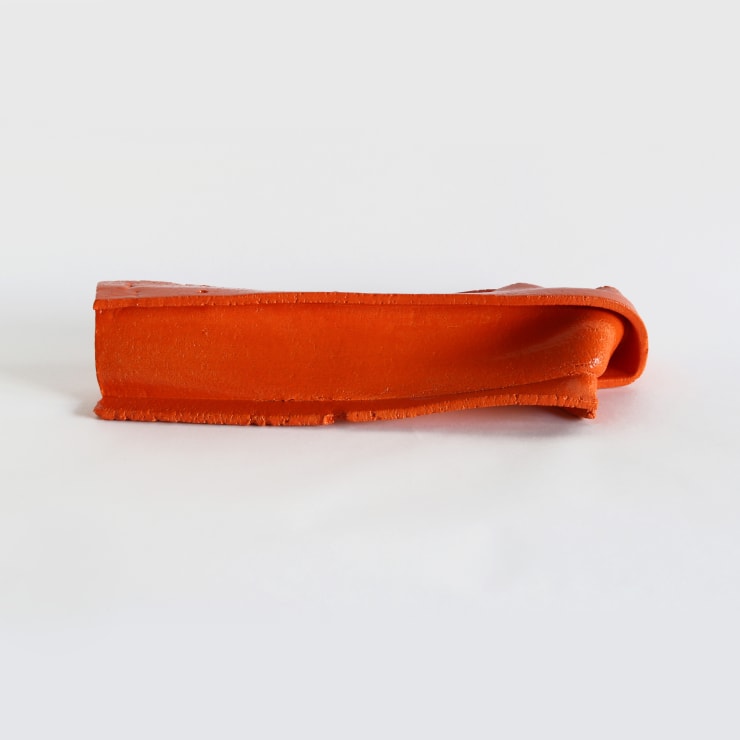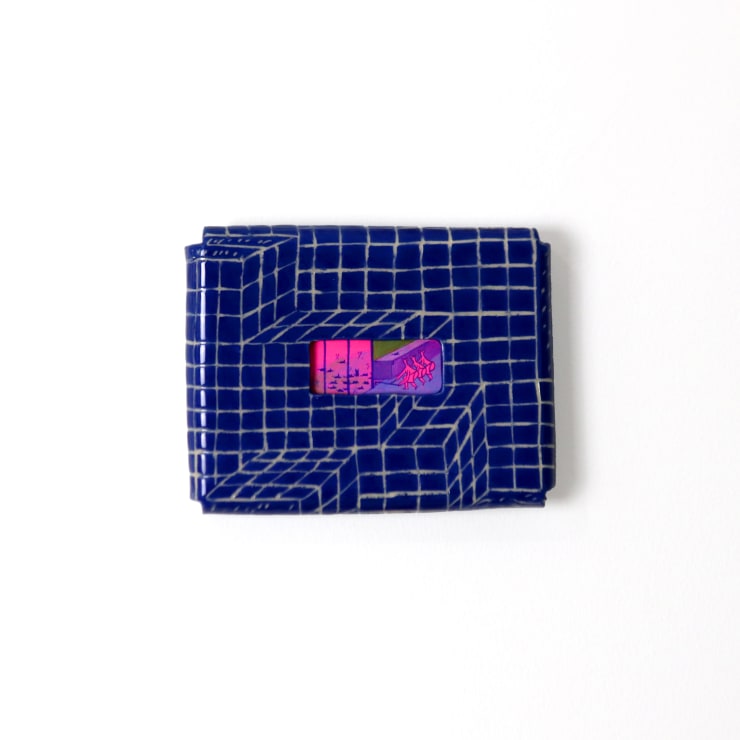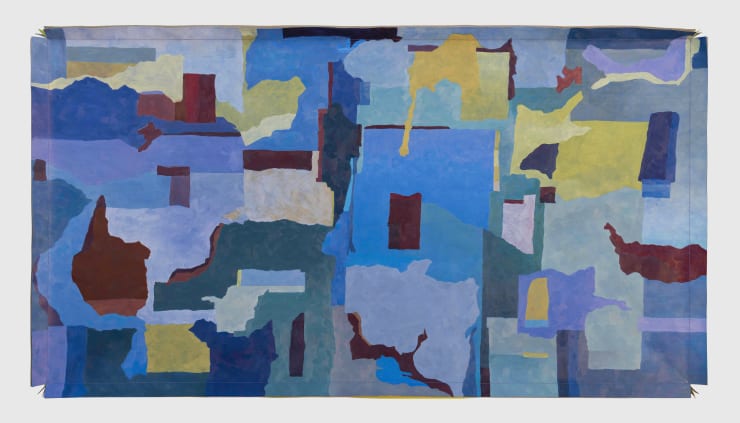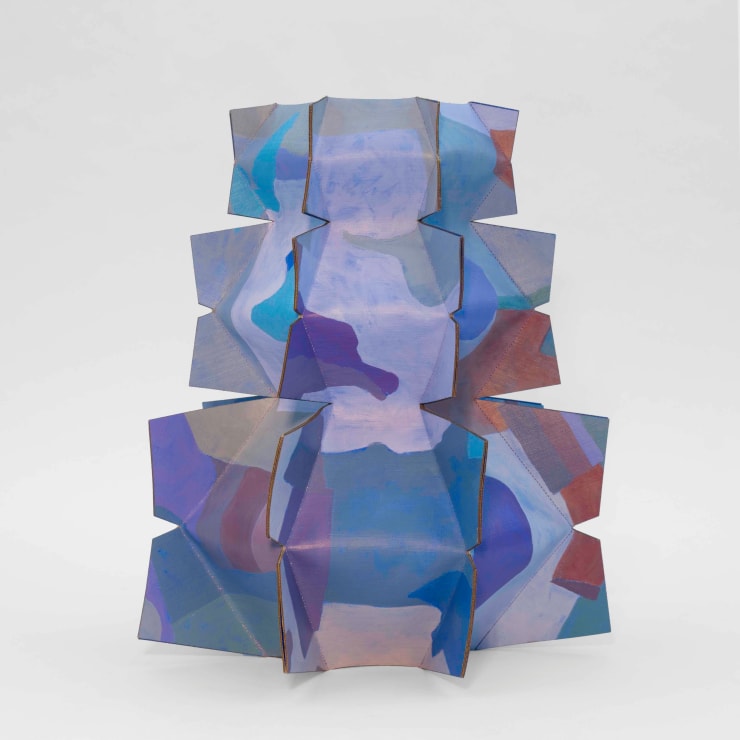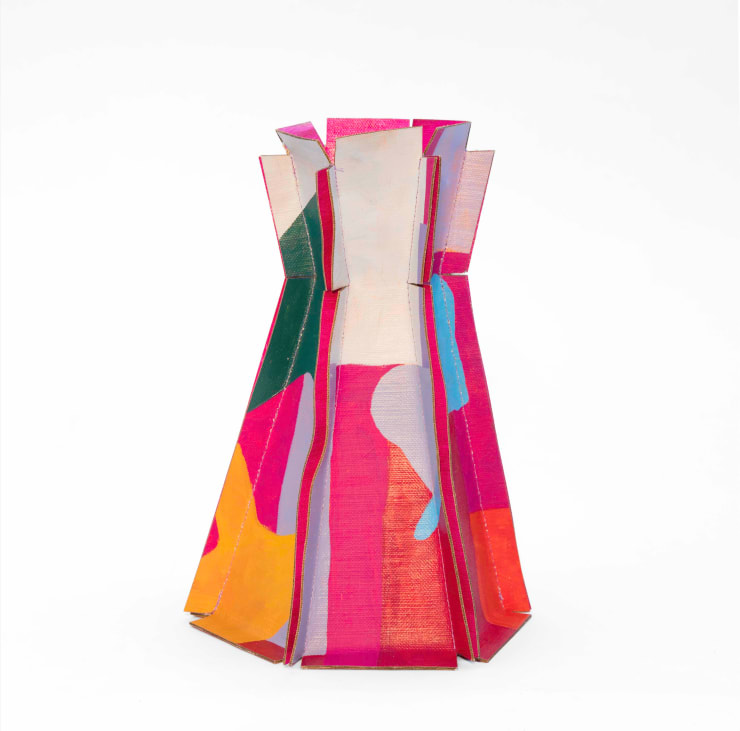Verify in Field: Kyong Kim & Tiantian Lou
-
 Kyong Kim, 2022
Kyong Kim, 2022 -
 Kyong Kim, Drawer against fire, 2022
Kyong Kim, Drawer against fire, 2022 -
 Kyong Kim, Falling water in the kitchen at a perfect height, 2022
Kyong Kim, Falling water in the kitchen at a perfect height, 2022 -
 Kyong Kim, Hallway, 2022
Kyong Kim, Hallway, 2022 -
 Kyong Kim, Move behind a forest, 2022
Kyong Kim, Move behind a forest, 2022 -
 Kyong Kim, Nap, 2022
Kyong Kim, Nap, 2022 -
 Kyong Kim, No, No holes under the cabinet, 2022
Kyong Kim, No, No holes under the cabinet, 2022 -
 Kyong Kim, Open H, 2022
Kyong Kim, Open H, 2022 -
 Kyong Kim, Scoops, 2022
Kyong Kim, Scoops, 2022 -
 Kyong Kim, Scoops 01, 2022
Kyong Kim, Scoops 01, 2022 -
 Kyong Kim, Shattered glass behind the counter , 2022
Kyong Kim, Shattered glass behind the counter , 2022 -
 Kyong Kim, Stream, on the table , 2022
Kyong Kim, Stream, on the table , 2022 -
 Kyong Kim, Three legged, 2021
Kyong Kim, Three legged, 2021 -
 Kyong Kim, TTTT, 2022
Kyong Kim, TTTT, 2022 -
 Kyong Kim, Untitled , 2022
Kyong Kim, Untitled , 2022 -
 Kyong Kim, Untitled 02, 2022
Kyong Kim, Untitled 02, 2022 -
 Kyong Kim, Waiting Room, 2022
Kyong Kim, Waiting Room, 2022 -
 Kyong Kim, Woven TT, 2022
Kyong Kim, Woven TT, 2022 -
 Tiantian Lou, Painting Indian Yellow, 2022
Tiantian Lou, Painting Indian Yellow, 2022 -
 Tiantian Lou, Painting Ultramarine, 2022
Tiantian Lou, Painting Ultramarine, 2022 -
 Tiantian Lou, Soft Column #003, 2022
Tiantian Lou, Soft Column #003, 2022 -
 Tiantian Lou, Soft Column #004, 2022
Tiantian Lou, Soft Column #004, 2022 -
 Tiantian Lou, Soft Column #005, 2022
Tiantian Lou, Soft Column #005, 2022 -
 Tiantian Lou, Soft Vessel #026, 2022
Tiantian Lou, Soft Vessel #026, 2022 -
 Tiantian Lou, Soft Vessel #027, 2022
Tiantian Lou, Soft Vessel #027, 2022 -
 Tiantian Lou, Soft Vessel #027, 2022
Tiantian Lou, Soft Vessel #027, 2022 -
 Tiantian Lou, Soft Vessel #029, 2022
Tiantian Lou, Soft Vessel #029, 2022 -
 Tiantian Lou, Soft Vessel #030, 2022
Tiantian Lou, Soft Vessel #030, 2022
It is said that when Antonio Canova performed his “ultima mano”—the master sculptor’s finishing touch—to polish his statues shortly before the work was done, he routinely applied to the marble surface a tinge of soot so as to adulterate the stone’s overly white sheen and balance out its machinelike coldness. While championing the pointing technique as he famously perfected the pointing machine to accurately transpose measurements from the plaster modello to marble, Canova manually put into effect the artificial patina not to fabricate venerability (like the antiquity forgers who might similarly stain a contemporary work with smoke and dirt) but to discreetly tamper with the automated inflexibility promised by his own mechanical method. In this sense, the artist’s celebrated morbidezza—the fleshy softness and waxen mellowness of his marble surfaces—was achieved through a kind of self-reflexive counteraction.
At the confluence of the recent works of artists Kyong Kim and Tiantian Lou, a sense of softness and pliability—though much more audacious in color than Canova’s indistinct polychromy—is likewise enacted by knowingly counteracting the attributes and procedures constitutive of the very making of their art. Running from Nov. 12 to Dec. 18, 2022, their duo exhibition at LATITUDE Gallery Verify In Field orchestrates a constellation of unexpected encounters and unresolved collisions among materiality, utility, and received notions of social codes. The show adopts its title from architecture, where both Kyong and Tiantian received formal training: “Verify In Field” is a construction drawing notation indicating that the dimensions marked on the drawings may not conform to reality, and that additional on-site adjustment is essential. It suggests a working method that recognizes the fundamentally unpredictable nature of the “field” as integral to the project, where improvisations and accidents are built-in. “Verify In Field” signals the drawing’s undoing of its own authority by making reference to the very artificiality of its own metrics; it is a sign of the deviation from that which the artwork itself is premised on.
Each artist brings into focus such a “field condition” of ambivalence, contingency, and selfreference in their distinctive manners from within. In her various fiery forays into ceramic sculpture, Kyong attentively rekindles the inert relics of utility and efficiency in the built environments—piping and plumbing fittings, H-beams, gridding systems, and other modular objects of infrastructural or architectural standardization—only to instigate imperfect figural, material, and dimensional twists. In her Windows series, for example, the architect-turnedceramist stages a theater of the absurd, so to speak, by recruiting the standard human figures of architectural drawing conventions for her tableaux vivants. With modest playfulness and a touch of black humor, she simultaneously unsettles two specific kinds of regulatory devices that have been and continue to be instrumental in the total rationalization and regularization of modern space: the grid and the architectural graphic standard. The model human figures drawn from architectural standard books, with which she has long been obsessed since she first started studying architecture, sneak into her “windows” framed by 3D cartesian grids carved on the folded clay canvas, only to be confronted by unexpected scenarios including fire hazards, water leaks, and bugs.
While Kyong casts doubt upon modularity and technicity vis-à-vis the cultural techniques of copying, standardizing, and ordering, Tiantian mulls over the very process and methodology of creating and transforming. In the course of weaving her vibrantly painted canvases into container claddings, she wittingly accumulates and assimilates chance events including errors and inaccuracies as she models, paints, cuts, folds, and sews. While the patterns are strategically designed, their configurations do not reveal themselves until each panel is sewn and propped up.
Her ensemble entertains an architectural idea in the way the vessels enclose, hold, and clump while being prefabricated, assembled, and hinged; yet at the same time, they renew and soften if not destabilize and invalidate such an idea as they are endowed with a tolerance for tiny wobbles, unforeseeable glitches and other forms of irregularities more akin to those of the textile arts. These dexterous fabrications and assemblies necessitate the working of a feedback loop with the blend of intuition and agility not so much of an origamist as of a dressmaker. What are these finely poised “soft vessels” if not evening gowns enveloping the ready-made cavity we call “space”?
The curatorial pairing of Kyong’s hearthside ceramics and Tiantian’s surface dressings offers additional food for thought certainly in the way it rejuvenates an anthropological understanding of architecture à la Gottfried Semper (with his remarkable surveys of the technical arts, particularly including ceramics and textiles, let alone his Bekleidung principle), yet it can carry infinitely more meaningful connections than one would expect to be possible. A thinker and designer accustomed to crisscrossing diverse “fields” of knowledge (like our artists here), Semper was as much a student of the “field” in the most literal sense: in his numerous writings on band decorations, floor patterns, wall embroideries, and ceiling colorings, he constantly referred to the adornment of the “field” (Feld) in relation to the energetic contrast between the frame and the filling. Indeed it was precisely during Semper’s time that the “field,” however empty and invisible it appeared, began to be understood as actuality: when Semper assisted with the Great Exhibition in 1851 during his London exile, the same venue also welcomed the visit of the eminent scientist Michael Faraday who had just introduced the “field” into electromagnetism and put forth an insight that would eventually prove to be pivotal to modern physics: that the field is not an underlying medium but an entity that really exists.
Verify In Field is in this sense an invitation to the concrete realities of the making of art, anticipating a fresh look at familiar notions. Does not the look itself implore a redesign when it comes to the field (Canova is said to habitually display his work to friends only by a candle’s flickering glow)? We cordially welcome you to be part of this journey.
— [Bio] An Tairan is a writer of architecture currently based in Princeton, New Jersey. He teaches at the City College of New York as adjunct lecturer. With a group of colleagues, he co-founded and co-edits Tangent Essays, an independent magazine about architecture based in Wuhan, China.


